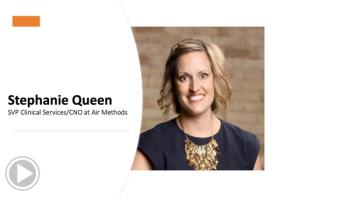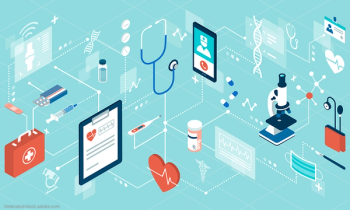
Physicians Practice Bill Collections: Food for Thought
Consider these points when determining the point of collection in your medical practice.
Thinking about the differences between fast food and fine dining may help your practice improve bill collection and customer service.
First, let's think about how you feel after a fine-dining meal and how you feel after visiting your local drive thru.
Chances are, after a fine-dining meal, you feel you have had a wonderful experience, , enjoyed great customer service, and left fully satisfied. But after a fast-food experience, you may feel rushed, having experienced below-average service, ushered through like cattle.
If your goal and your market is to be a "fast food" practice or a "fine dining" practice, then you should focus and tune your efforts and marketing to make sure that you are hitting your target audience. Often times, offices are trying to be a fine-dining establishment but are focusing on the payment from the patient at the instant they walk in the door. Here are some points to consider:
1. Are you capturing more patient payments than if you were to accept payments at the end of the appointment?
I would wager that in most clinics you are not. And you may actually be losing money (see number 3).
2. Are you clogging up the reception desk and stalling patients being processed and ready to be seen?
Often times, having so much to do at the front desk can negatively affect the flow of the clinic, causing a bottleneck as soon as the patients enter the office. This can also lead to a rush on the back-office clinical people and cause patients to have to wait much longer than necessary.
3. How often does the scope of a visit change once the patient enters the exam room?
A provider may be able to add additional charges during a visit based on how a patient answers questions and what is discovered during an exam. For example, the standard appointment could change to include preventative medicine or a new illness that wasn't disclosed at the time of scheduling. You are more likely and it is more palatable for the patient to collect that payment all together at the end of the visit, then to make them pay some up front and then some on their way out.
4. How do your patients feel about it? Do they prefer paying up front or on their way out the door?
In a small and unscientific poll, most patients would prefer to pay at the end of their appointment for routine office visits. For more complicated in-office procedures and ancillary billing, a trip to the office billing coordinator or office manager to discuss financial matters, away from the regular public traffic of the clinic, is the preference. Nobody wants to discuss the financial aspects of their care while standing in a room full of people.
In order for your practice to be successful, there must be a process in place for collecting co-payments, full payments, deductibles, and co-insurance. Consider collecting the information up front and the payment on the way out the door.
Newsletter
Optimize your practice with the Physicians Practice newsletter, offering management pearls, leadership tips, and business strategies tailored for practice administrators and physicians of any specialty.









